
- Congress quickly sent relief to individuals and businesses a year ago in the form of direct payments, an unemployment supplement and forgivable loans, among other measures.
- Lawmakers then allowed effective policies to expire for months, contributing to millions of people descending into poverty last year.
- Democrats hope their latest $1.9 trillion pandemic aid package will fix some of the failings of 2020, though they risk falling into a familiar trap.
When the World Health Organization declared Covid-19 a global pandemic a year ago Thursday, the top ranks of the U.S. government had little grasp on how much the virus would mangle the country.
Congress crafted and passed a robust response to the sudden societal shutdown within three weeks. The action prevented a worst-case economic calamity as the deadly disease started to reap a ghastly toll.
A year later, millions of people are being vaccinated every day, Congress has passed a fresh round of relief, and President Joe Biden is set to describe the next phase of the nation's response to Covid in a prime-time address Thursday.
Get Tri-state area news delivered to your inbox.> Sign up for NBC New York's News Headlines newsletter.
Yet experts say lawmakers' failure to maintain successful aid programs they put in place early on then contributed to unnecessary pain as the coronavirus ravaged the country well into this month.
The health and economic responses from the top of the government diverged at the start.
While then-President Donald Trump downplayed the lethal virus and discouraged behaviors that health officials said would save lives, Congress forged ahead with a $2.2 trillion stimulus package, the largest in U.S. history. Generous unemployment aid, direct payments, forgivable small business loans and a moratorium on evictions combined to prop up Americans as the unemployment rate soared to nearly 15%.
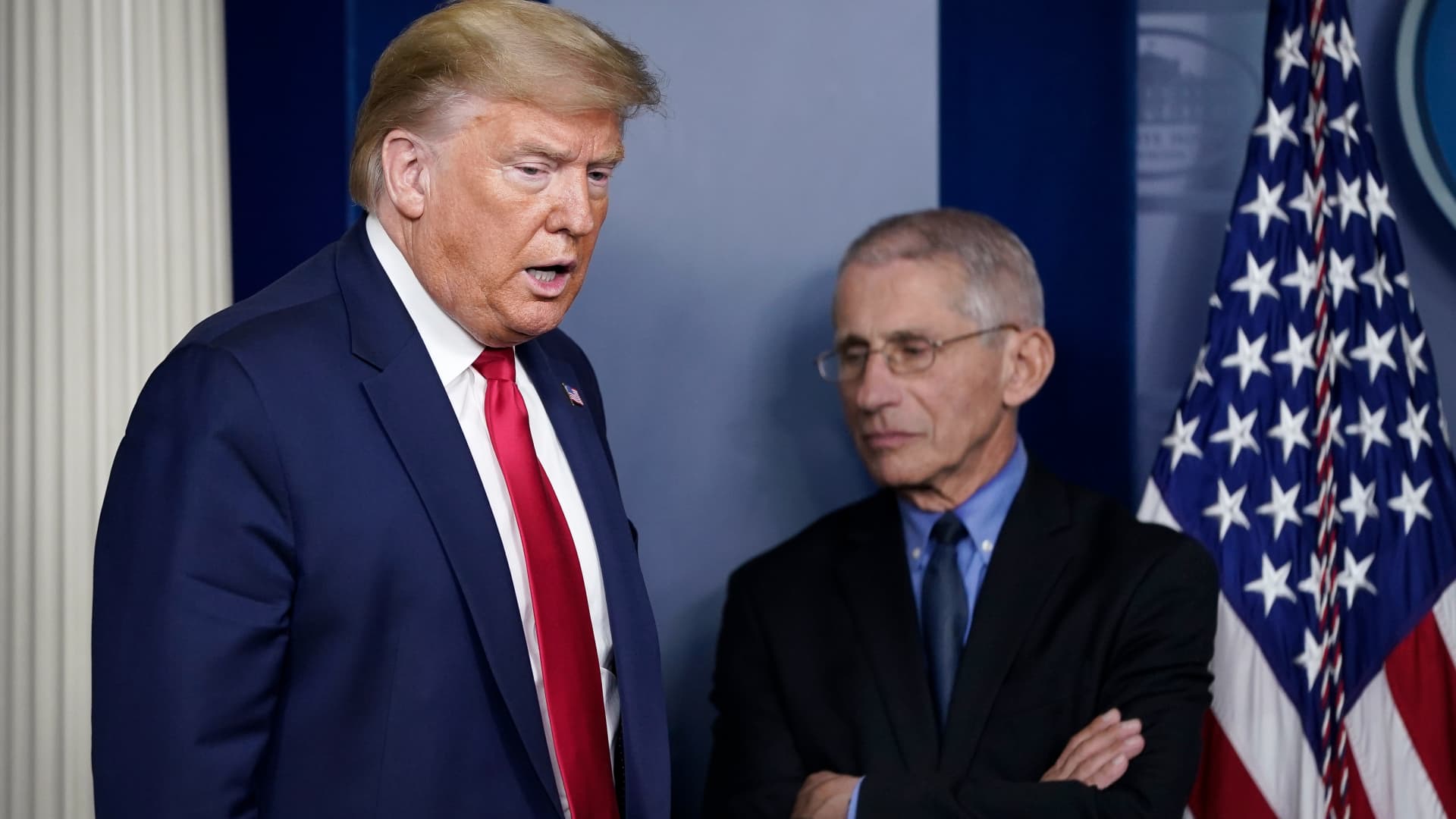
Then policymakers failed to keep up what was widely considered a swift and effective response. Washington let lifelines for jobless Americans and small businesses expire by the summer. Congress – with a Republican-led Senate and a Democratic majority in the House – missed opportunities to renew them for months. By the time lawmakers approved a $900 billion relief package in December, millions more people had tumbled into poverty.
Money Report
Members of Congress who backed the bipartisan December plan — and Democrats' $1.9 trillion bill set to become law Friday — cast them as long overdue measures to bolster households and the public health response while vaccinations push the country toward a measure of normalcy. But in assessing how Congress did in handling the once-in-a-century crisis, experts said inaction on Capitol Hill for eight months last year marred an otherwise robust response and caused pain and uncertainty for millions of households.
"A lot of [the policy] was predicated on the assumption that this was a known duration and was going to be very short," said Jesse Rothstein, a professor of public policy and economics at the University of California at Berkeley and chief economist at the Labor Department during the Obama administration.
"Certainly we know now that was not true," he said. "The crisis went on for a long time, and it's never a good idea to count on the fact that Congress can come back and fix it later."
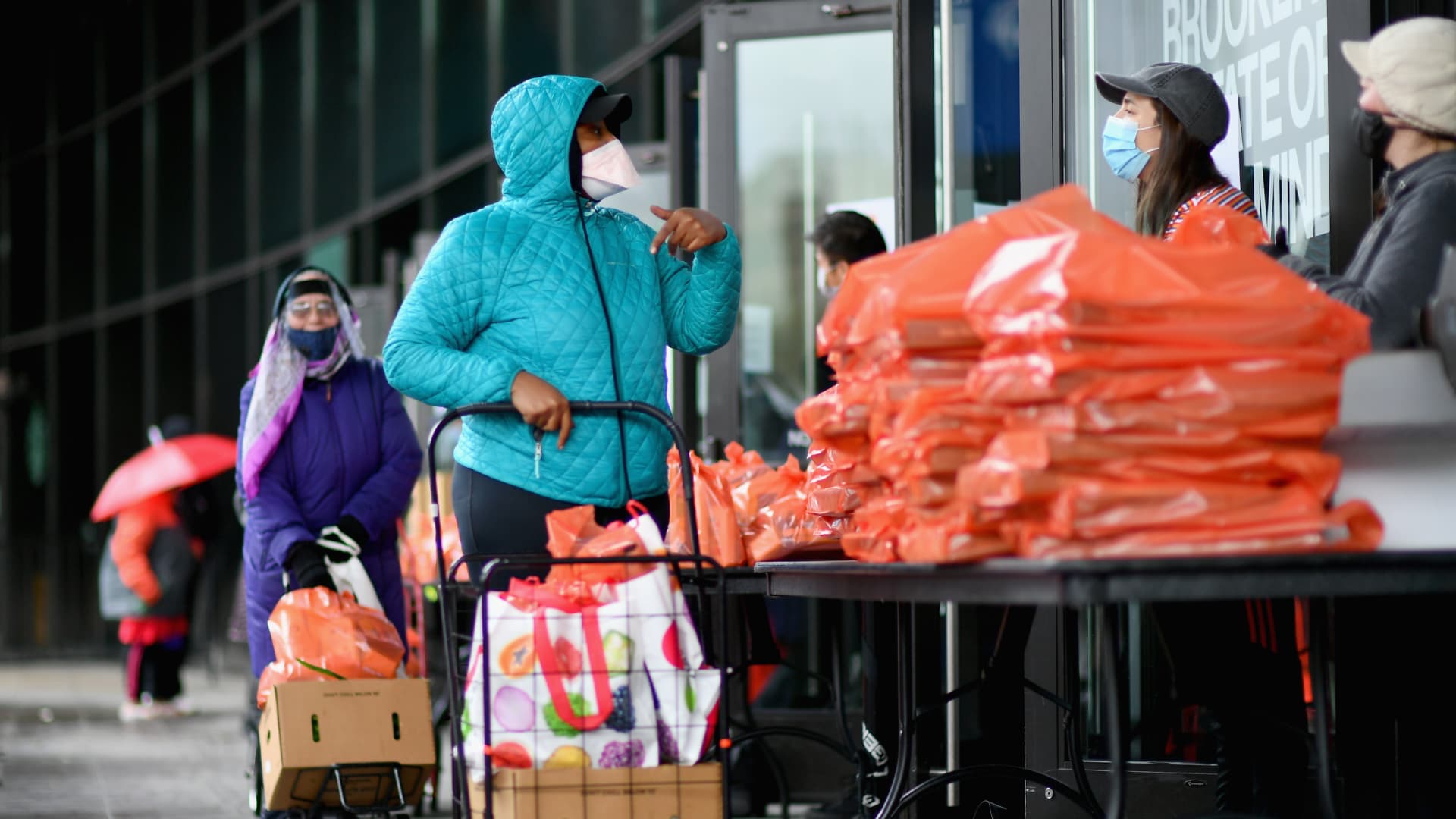
Early economic lifelines
Congress passed multiple coronavirus response bills before and after March 11, 2020 — the day many Americans started to understand the havoc the pandemic would cause. Trump delivered an Oval Office address that failed to calm the fears of the public and investors. NBA star Rudy Gobert tested positive for the virus, setting in motion the monthslong shutdown of U.S. sports leagues.
Before lawmakers knew the virus would claim more than 525,000 lives and ravage the economy, their response was comparatively tiny. Trump on March 6 signed an $8.3 billion spending plan into law, which directed funds toward vaccine development, public health agencies and medical supplies. By March 18, Washington had approved roughly $100 billion more to cover free Covid-19 testing, paid sick leave and a limited boost to unemployment aid.

The bill that moved to match the scale of the crisis came by the end of March. The $2.2 trillion CARES Act expanded unemployment insurance eligibility, added a $600 per week supplement to jobless aid, sent $1,200 direct payments to most Americans and created forgivable Paycheck Protection Program loans for small businesses, among a slew of other relief provisions.
"Ultimately in the recognition that millions of individuals are losing jobs through no fault of their own, those unemployment checks were absolute lifelines for a lot of people," said John Hudak, a senior fellow in governance studies at the Brookings Institution.
The legislation cruised through Congress. But the debate around it foreshadowed a looming fight over how large a role the government should take in pulling the country through the crisis.

Many Republicans who voted for the bill criticized the $600 a week bonus for unemployed Americans, contending it could deter people from going back to work (though it is unclear whether that came to pass). While some in the GOP expressed qualms about how much money they approved, Democrats soon called for more spending.
Help falls to the wayside
A $484 billion plan to replenish PPP loans in April would be the last relief bill until December. While the economy has now improved to the point where the unemployment rate fell to 6.2% in February, experts point to that period where no new congressional aid went out as one of the most disruptive times of the pandemic.
Of course, a stronger public health response could have both saved more lives and eased the economic burden on Americans by making restrictions less necessary, noted Berkeley's Rothstein. While he said he believes Congress could have done more to control the spread of the virus, implementation of policies ultimately fell on a presidential administration that downplayed the severity of the pandemic and even the need for testing for much of last year.
The $600 per week unemployment payment lapsed at the end of July, leaving jobless Americans relying on meager benefits in many states as the virus raged. Even while the extra benefit was in place, state unemployment systems had trouble processing a flood of claims. Trump later used executive action to put a $300 per week benefit in place, though it only lasted for a few weeks.
The window to apply for PPP loans also expired in August. Republicans have pointed to the program as one of the country's biggest economic success stories early in the pandemic.
The Trump and then Biden administrations also had to scramble to extend protections against eviction and a moratorium on federal student loan payments and interest accumulation.
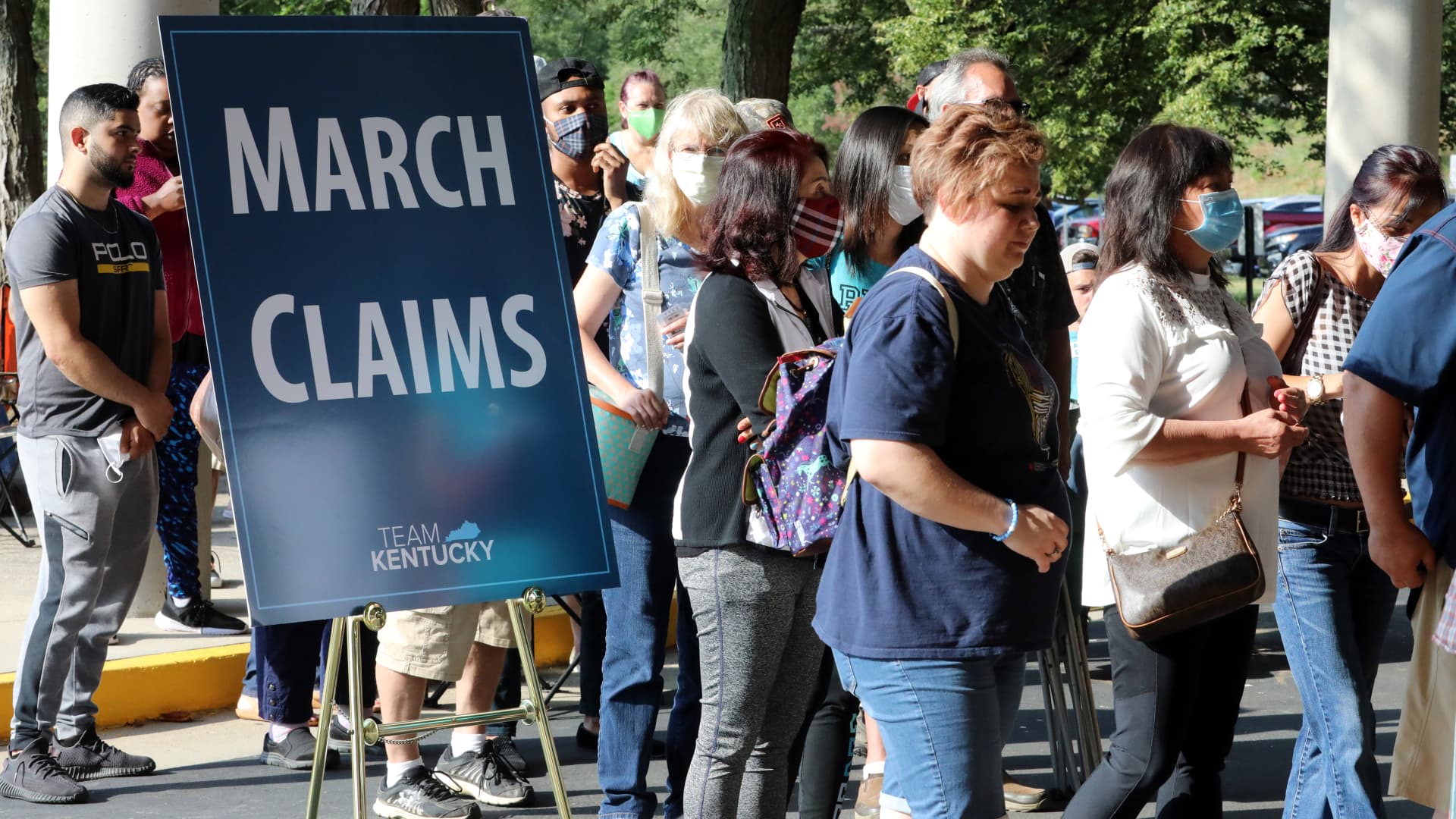
Brookings' Hudak said the piece-by-piece approach to relief worked in that it allowed lawmakers to respond to conditions on the ground. But he said the second half of last year when Congress passed no new relief created "interruptions in additional benefits" and "a lot of uncertainty."
"That interim period of time was a real tone-deafness among policymakers for the human experience among a lot of their constituents," Hudak said.
About 7.8 million people fell into poverty from June to November, an increase of 2.4 percentage points, according to researchers at the University of Chicago and University of Notre Dame. The rise in poverty had the harshest impact on Black Americans, children and people with a high school education or less. Data "suggest that poverty rose more in states with less effective unemployment insurance systems," the report found.
The researchers said poverty fell starting in April, even after the pandemic hit. They wrote that the "entire decline" was due to the stimulus checks and unemployment benefits.
As unpaid rent piled up and lines gathered at food banks, Democrats and Republicans in Congress tried to pin the blame for a lack of aid on one another. House Democrats passed a roughly $3 trillion aid bill in May while Republicans, then in control of the Senate, said they wanted to wait to see how effective the CARES Act was.
Days before the unemployment benefits expired in July, the GOP put forward a $1 trillion counter offer. Start-and-stop talks between House Speaker Nancy Pelosi, D-Calif., and Trump administration officials led by then-Treasury Secretary Steven Mnuchin failed to yield a deal for months before the Nov. 3 election.
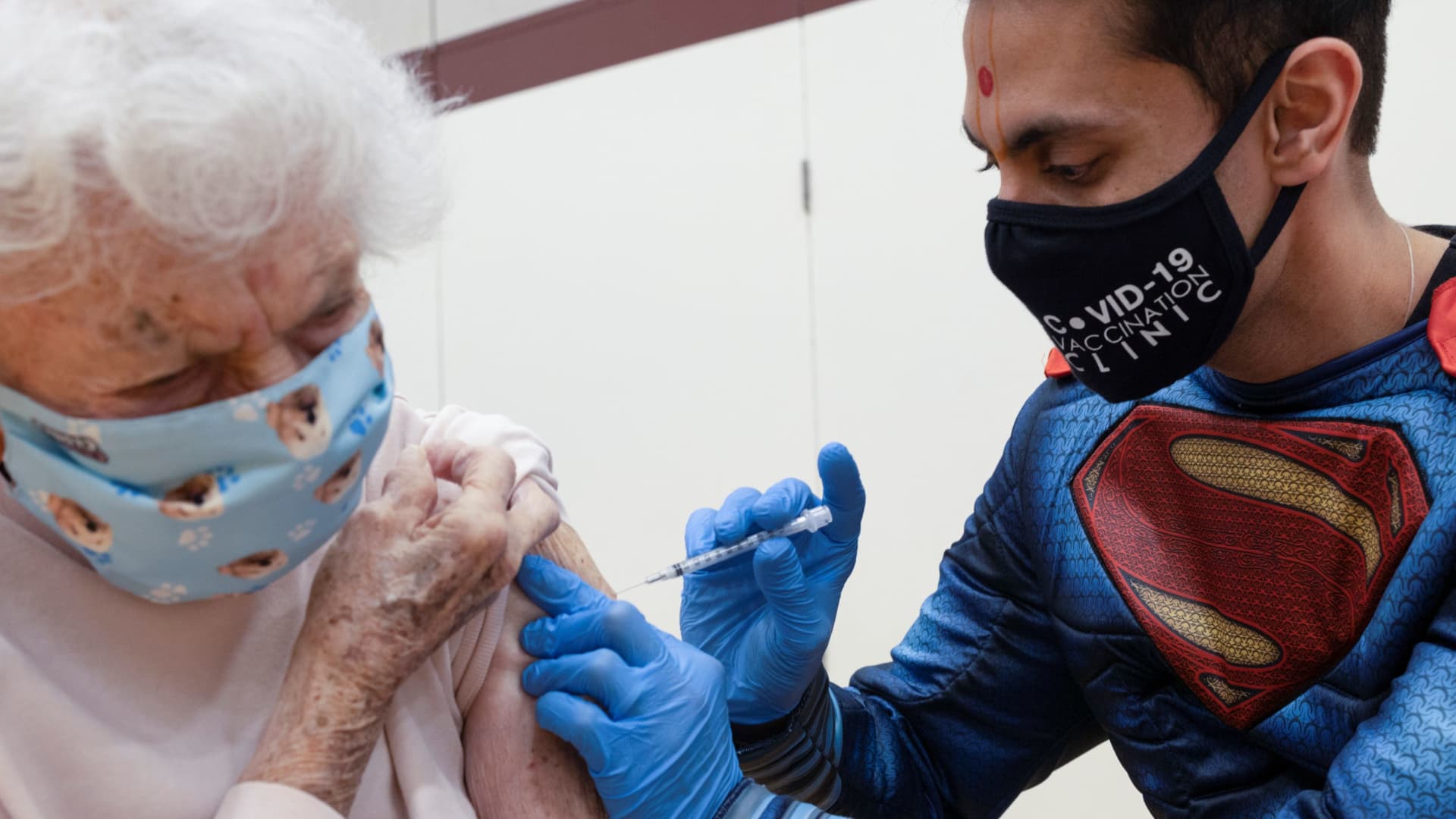
The parties cited fundamental differences in what they thought the scope of the federal response should be. They also clashed over a Democratic push for state and local government aid and a GOP desire for a liability shield for businesses and schools.
Pelosi contended Republicans failed to recognize the gravity of the crisis facing the country. Then-Senate Majority Leader Mitch McConnell, R-Ky., accused his counterparts of being intractable for political gain ahead of the election.
Democrats and Republicans later agreed to a $900 billion deal in late December. The bill renewed the unemployment supplement at $300 per week through mid-March and sent out another $600 direct payment. The plan passed as daily average Covid-19 deaths climbed toward their January peak and the virus played a major role in the Georgia Senate runoff elections that gave Democrats full control of Congress.
The welcome relief came late for too many Americans. House Majority Leader Steny Hoyer, D-Md., acknowledged the damage caused by the months of inaction as his party started to craft another round of relief last month.
"We waited a long time, and a lot of people got hurt," he said, while putting the onus for delays on the GOP.
A flawed economic rebound

As Americans peer through the carnage toward a semblance of a normal future, the federal government can point to the role it played in rising immunity from vaccines, an improving job market and another temporary financial backstop behind millions of unemployed people. But Congress will have to reckon with an uneven recovery, hunger, missed rent payments and small business closures it could have curbed by acting sooner last year.
Swift vaccine development led to about a quarter of the adult U.S. population receiving one dose or more by Wednesday. Major parts of pre-pandemic life could resume by summer or fall.
McConnell, in opposing the latest pandemic relief plan, said it was ill-suited to an improving situation created in part by last year's legislation.
"Democrats inherited a tide that is already turning," the Senate minority leader said Saturday. "2021 was already poised to be our comeback year, thanks to the American people's resilience and the bipartisan foundation we'd laid."
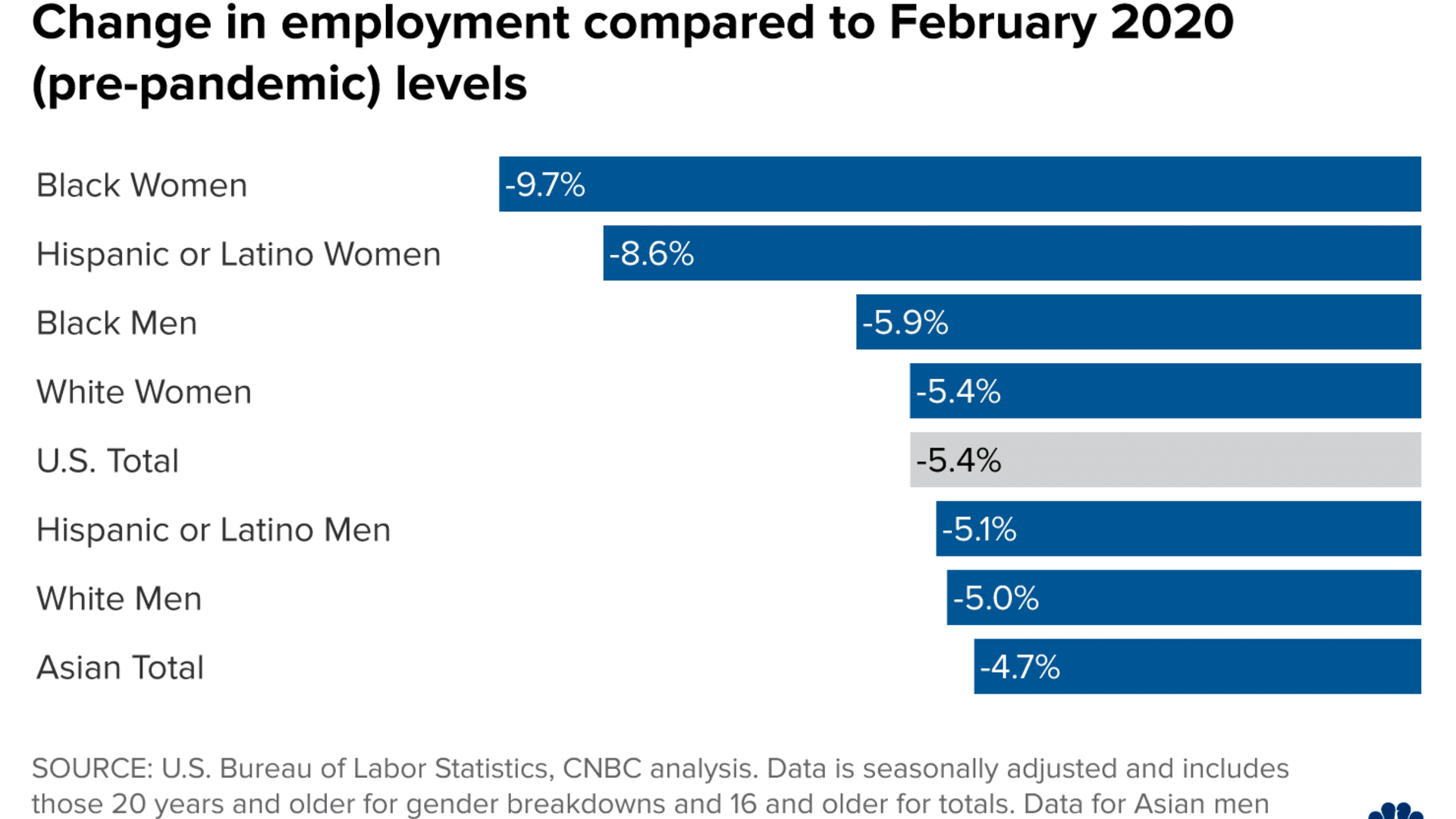
The U.S. economy has improved. It added a better-than-expected 379,000 jobs in February. The unemployment rate dipped to its lowest level since the pandemic hit.
Those figures do not paint a full picture of what households face. About 18% of renters, or roughly 10 million people, were behind on payments at the beginning of the year. The typical delinquent renter owed more than $5,000 at the time, including utilities and late fees, according to one analysis.
Meanwhile, 10.5% of adults reported living in households where there was sometimes or often not enough to eat on a weekly basis, according to a U.S. Census survey taken in late February.
More than 20 million people were receiving some form of unemployment benefits in late February. The country saw about 8.5 million fewer people employed during the month than in the prior year, before the pandemic hit.
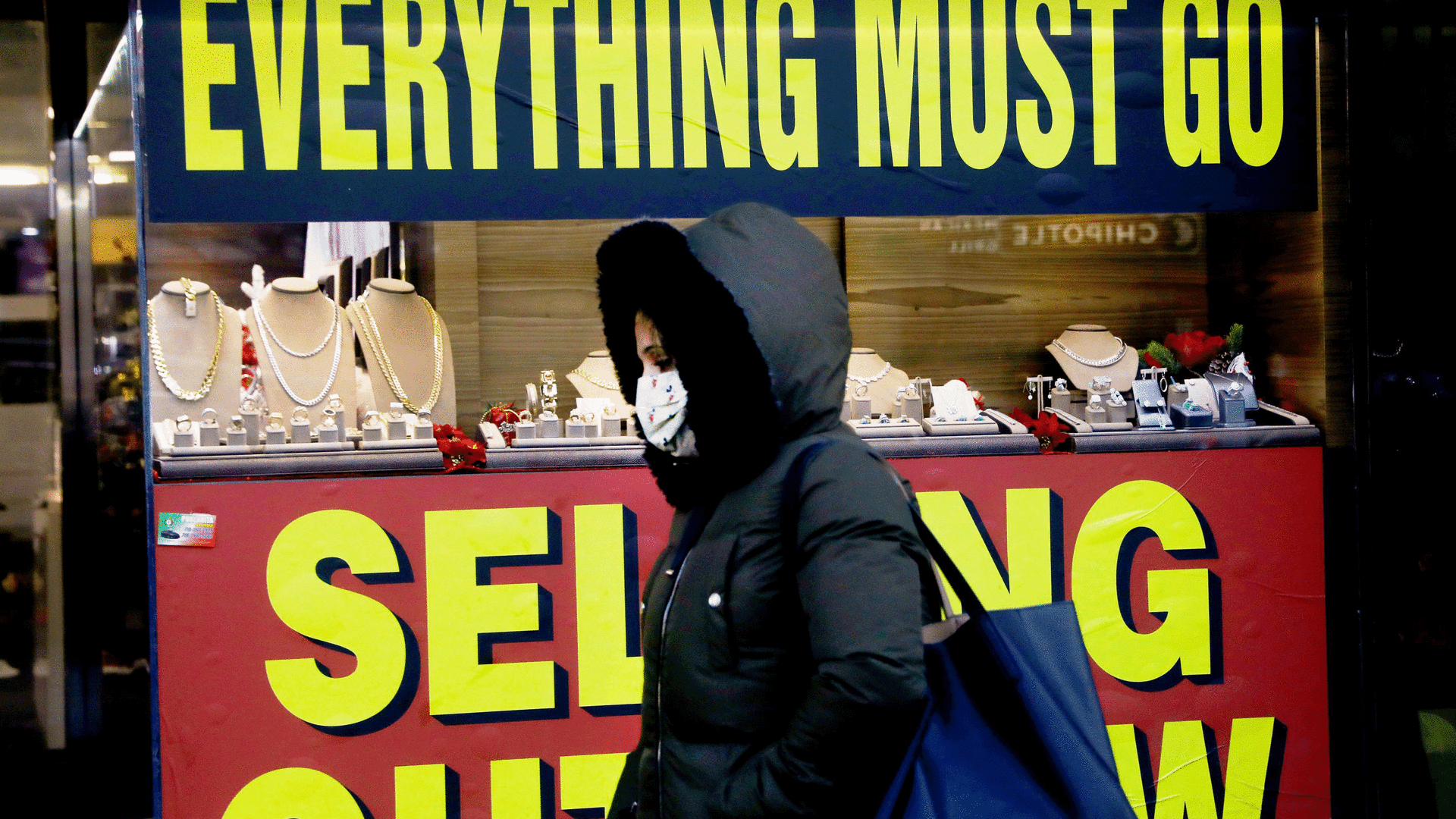
The economic damage has taken the biggest toll on Black women and Hispanic or Latina women, according to government data. Last month, Black women held 9.7% fewer jobs than during the previous year, while employment fell by 8.6% among Hispanic or Latina women.
Those rates compare with a 5.4% slide in employment for all groups.
Democrats say the bill Biden plans to sign into law Friday will mitigate the damage and protect against future disruptions. It will extend the $300 per week jobless aid supplement, along with programs making millions more people eligible for unemployment insurance, until Sept. 6.

It will send another $1,400 direct payment and expand the child tax credit. The plan puts $25 billion into rental and utility assistance, on top of the same amount included in the December bill. It increases the maximum Supplemental Nutrition Assistance Program benefit by 15% through September.
The bill would slash the estimated number of people in poverty by 16 million in 2021, according to an Urban Institute analysis. The report projected poverty would fall by 42% for Black people, 39% for Hispanic people and 34% for white people.
Of course, critics have found targets within the latest stimulus bill. Some economists have warned the massive influx of cash could lead to rising prices. Democrats have downplayed the concerns, saying the risk of injecting too little money into the response is higher than the danger of doing too much.
The initial medical response last year highlighted issues with producing tests and personal protective equipment, among other issues. Congress has not done enough to address those supply problems and other scientific research challenges moving forward, said Tinglong Dai, an associate professor of operations management and business analytics at the Johns Hopkins University Carey Business School.
He pointed to the $600 million in funding for the National Science Foundation for coronavirus preparedness and response.
"This is really a good opportunity to be really ambitious. I do not see that," he said of the scientific investments in the latest bill.
Lawmakers also risk making the same mistake they did last year: assuming they can renew aid programs if the crisis drags on longer than they expect, according to Berkeley's Rothstein.
"I'd rather see a bill that wouldn't require us to come pass another bill if we're wrong," he said.
Democrats such as Sen. Ron Wyden of Oregon have backed tying enhanced unemployment benefits to economic conditions so aid does not get cut off too early. While Biden administration officials believe widespread vaccine adoption could lead to a measure of normalcy by the end of the summer, mutating virus variants and loosening restrictions across the country complicate the picture.
An unexpected surge could send Congress barreling toward another deadline to pass a bill or risk letting lifelines for unemployed Americans lapse. Neither Pelosi nor Senate Majority Leader Chuck Schumer, D-N.Y., ruled out another relief bill if Covid-19 latches on to the country for longer than Americans hope.
"You're just going to have to ask the virus," Pelosi said when asked whether the latest aid package was the last. "If it stops mutating. If it stops spreading and therefore mutating, then this will be."






